The ultimate guide to sustainable disinfection
As the world becomes increasingly aware of the environmental impact of everyday actions, the need for sustainable disinfection practices has never been more critical. Sustainable disinfection refers to the methods and products used to eliminate pathogens and harmful microorganisms in a way that is safe for the environment and human health.
Understanding the Impact of Traditional Disinfectants
Traditional disinfectants often contain harsh chemicals that can cause long-term damage to ecosystems. These substances can contaminate water sources, harm wildlife, and contribute to the development of antibiotic-resistant bacteria.
Aside from environmental concerns, chemical disinfectants can pose significant health risks to humans. Exposure to toxic substances found in some disinfectants can lead to respiratory issues, skin irritation, and other health problems.
Principles of Sustainable Disinfection
One of the core principles of sustainable disinfection is to minimize the use of harmful chemicals. This can be achieved by using alternative disinfection methods or selecting products with a reduced chemical footprint.
When chemicals are necessary, opting for eco-friendly products with lower toxicity levels and biodegradable ingredients is essential. These products are designed to provide effective disinfection while minimizing environmental harm.
Efficiency in disinfection practices not only refers to the effectiveness of cleaning but also to the optimization of resources and time. Efficient practices help reduce waste and energy consumption, further supporting sustainability goals.
Technologies and Innovations in Sustainable Disinfection
UV-C light technology offers a chemical-free way to disinfect surfaces and air. It works by damaging the DNA of microorganisms, rendering them harmless without the use of harmful substances.
Electrolyzed water, or ECA, is a powerful, non-toxic disinfectant made from salt, water, and electricity. It's effective against a wide range of pathogens and leaves no harmful residue.
Biodegradable disinfectants break down naturally in the environment, reducing the risk of pollution and harm to ecosystems. These products are an excellent choice for businesses looking to improve their environmental footprint.
Best Practices for Sustainable Disinfection in Various Industries
Healthcare facilities face unique challenges in disinfection due to the high risk of infection and disease transmission. Sustainable practices in these settings include using approved eco-friendly products and implementing strict protocols to minimize waste.
In the food service industry, maintaining hygiene is paramount. Sustainable disinfection involves using safe, non-toxic products that do not contaminate food and are effective against common foodborne pathogens.
Commercial cleaning companies can lead the way in sustainable disinfection by adopting green cleaning programs, using certified eco-friendly products, and training staff on best practices for environmental stewardship.
Regulations and Certifications for Eco-Friendly Disinfectants
It's important for businesses to understand the regulations and standards that govern the use of disinfectants. This knowledge ensures compliance and helps companies make informed decisions about the products they use.
Certifications and eco-labels can guide consumers and businesses in selecting disinfectants that meet stringent environmental and health criteria. Recognized labels include Green Seal, EcoLogo, and the EPA's Safer Choice program.
How to Implement a Sustainable Disinfection Program
Implementing a sustainable disinfection program begins with a thorough assessment of current practices and identifying areas for improvement. A well-structured plan outlines the steps needed to transition to more sustainable methods.
Education is key to the successful adoption of sustainable disinfection practices. Training staff on the proper use of eco-friendly products and techniques ensures that sustainability efforts are effective and long-lasting.
Continuous monitoring and improvement are essential to maintaining a sustainable disinfection program. Regular reviews and updates to protocols ensure that practices remain effective and aligned with the latest sustainability standards.

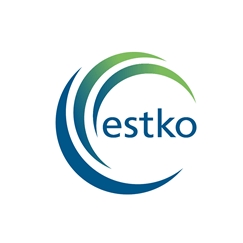
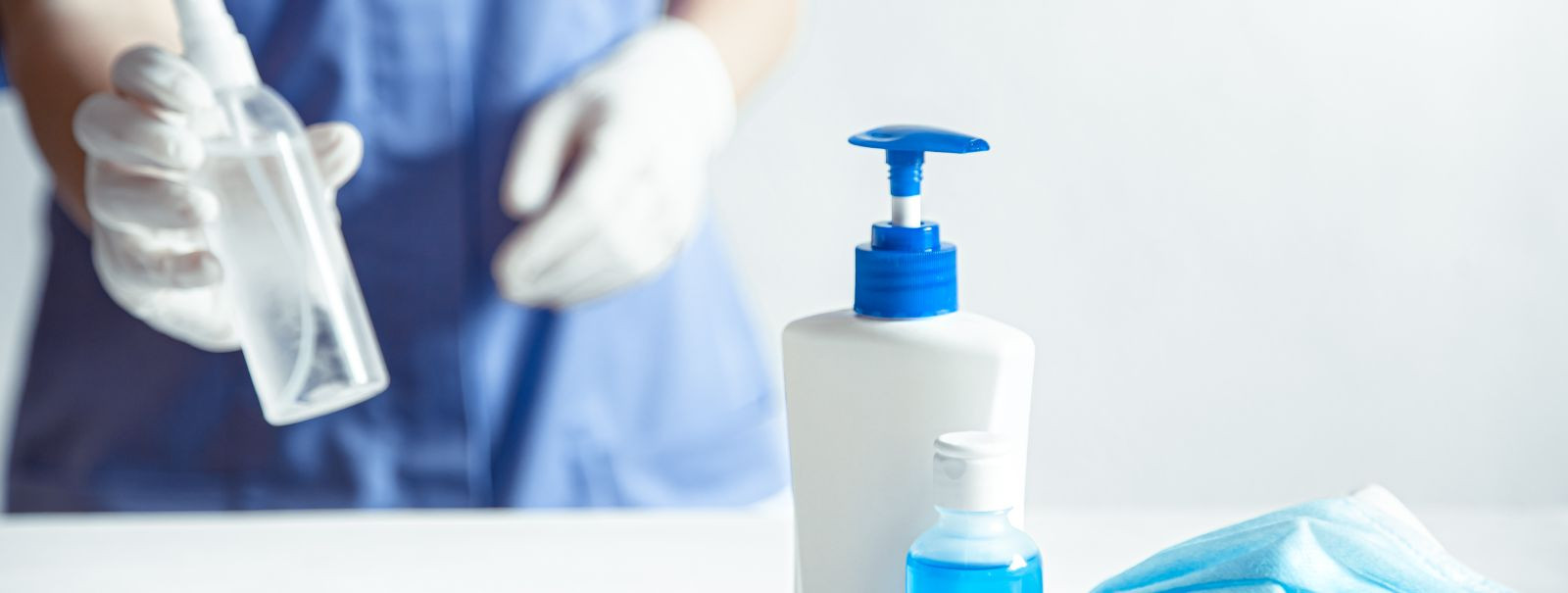

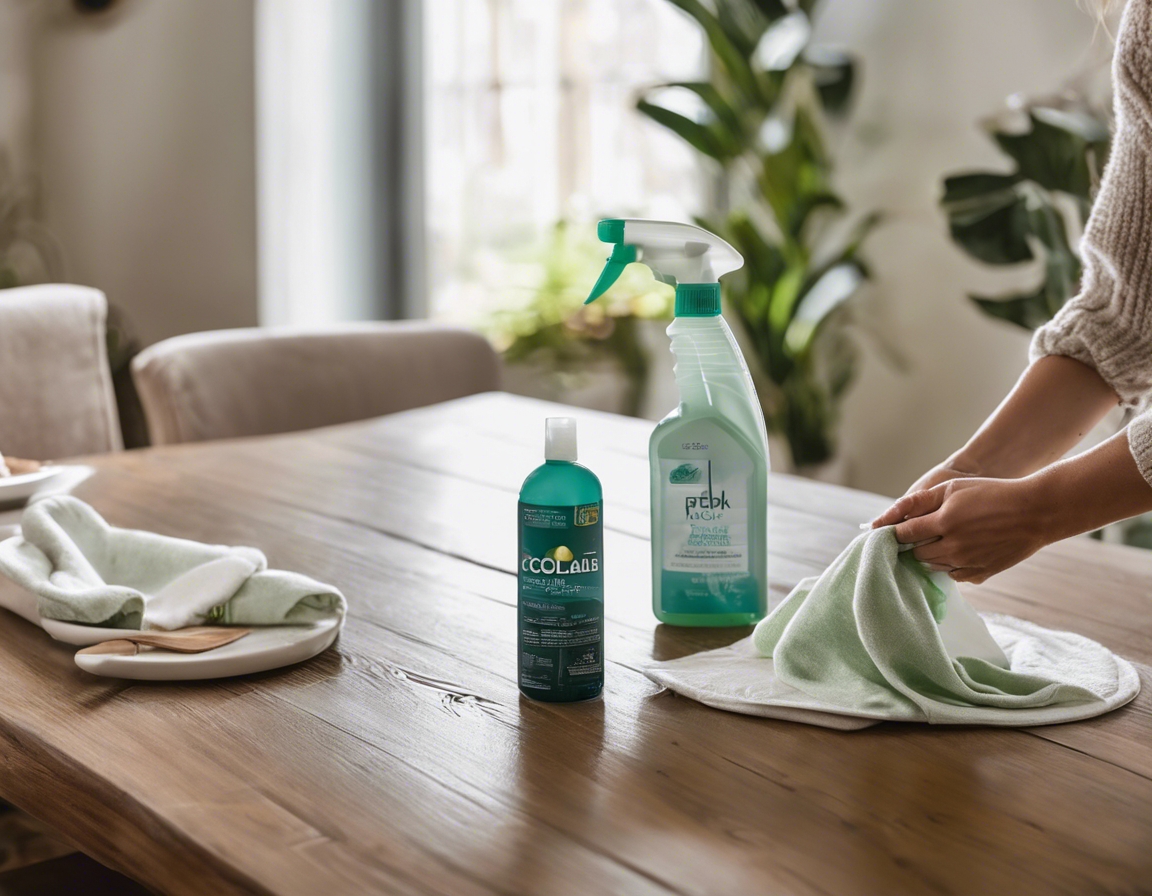
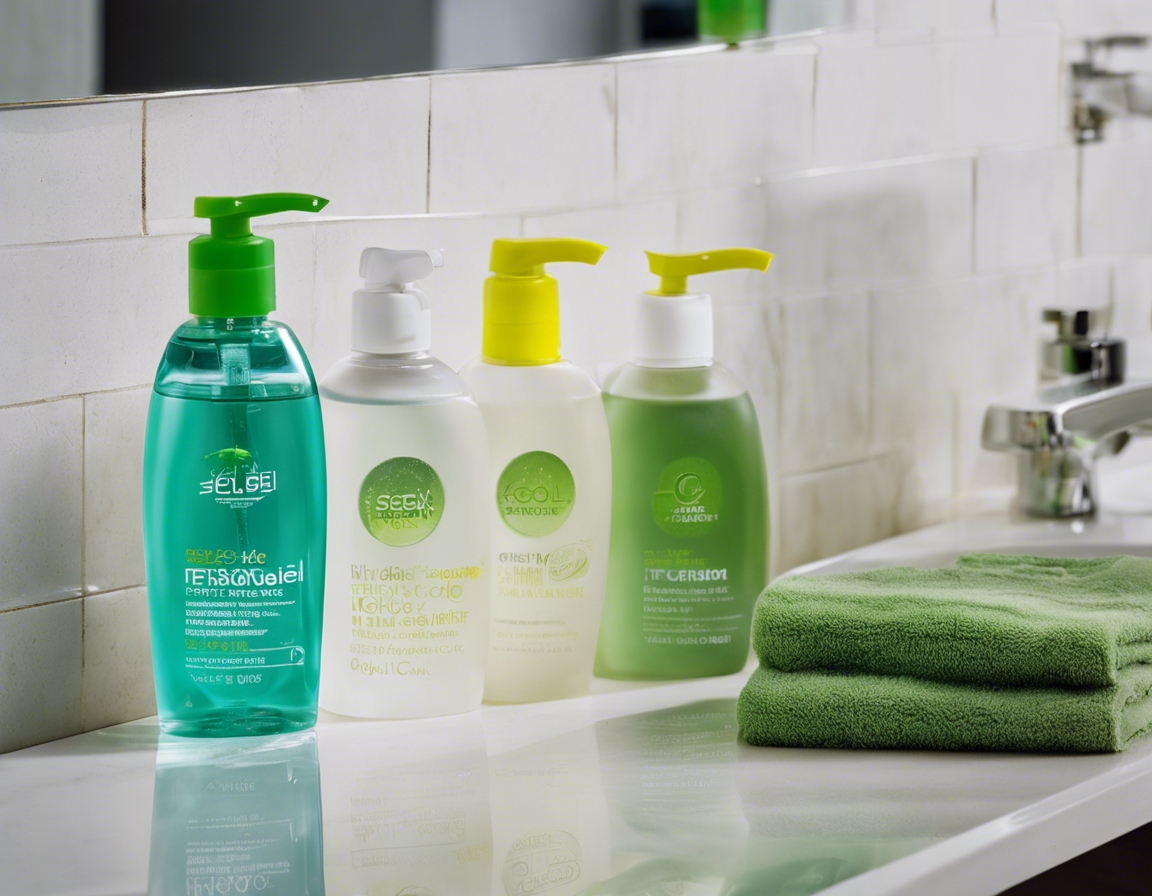

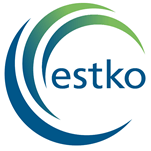
Comments (0)